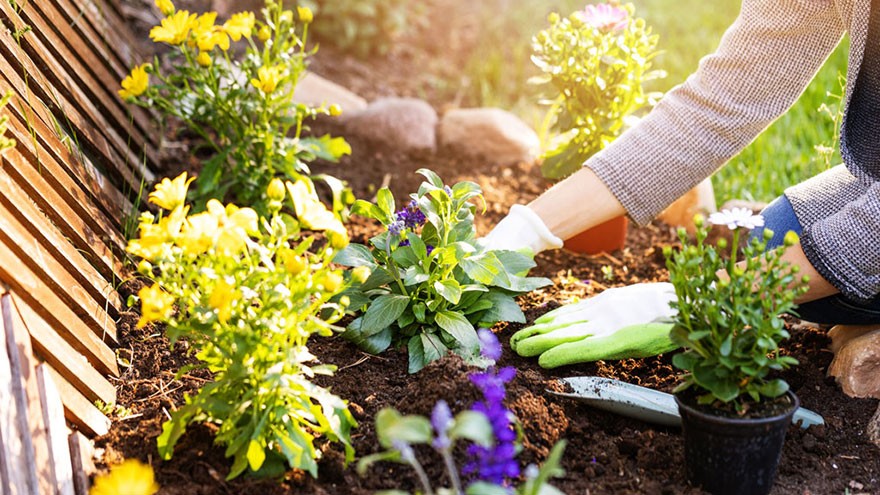Simple Eating and Gardening Tips
Since nearly the beginning of time, cooks have been gardeners, too. And whether you have one pot of fresh salad greens or a large jardin potage, you can be part of that tradition.
Take the plunge, and not only will you learn the sweet sensation of absolutely fresh food in your mouth, and your body will get better nutrition, too.
Hint: It tastes nothing like store bought – and even farmer’s market food has a hard time comparing.
As Dr. Donald Davis of the University of Texas at Austin has learned, commercially grown food is not only bland – it has less in the way of vitamins and nutrients, too.
If you’re new to gardening, it’s important to start small. It’s tempting to suggest you start with a tomato plant, since this fruit, when home grown, so greatly outshines the stuff sold in grocery stores. But tomatoes need lots of sun, soil, water, and nutrients.
So maybe it’s better to start with a pot of salad greens. As long as they get at least 4 to 5 hours of sun each day, and a little water, they are a cinch to grow. Other easy to grow foods include cress, radishes, green beans, carrots, spinach, onions, beets, peas, and almost all herbs.
(Just be sure to keep herbs in pots, or they may overtake your yard.)
Whatever you grow, consider choosing non-hybridized varieties. It’s hybrids Dr. Davis believes accounts for the lacking nutrition in our fruits and vegetables. Heirloom varieties are more likely to be rich with both flavor and nutrition.
You Might Also Like : Spring Gardening Tips
Then Savor the Flavor
I often say that everyone would eat far more fruits and vegetables if only they could eat them as they are meant to be eaten: Fresh from the garden.
Your tomatoes will be packed with robust, juicy flavor – and they will never be mealy. Your peas will be crisp and sweet. Your carrots will have a sweet, almost juicy flavor.
Whenever possible, pick food from your garden just before cooking or eating it. This helps preserves both the flavor and the nutrients in the produce. If you have an abundant harvest, learn how to freeze it.
Some things, like herbs, onions, and sweet peppers, can be chopped, tossed into freezer bags, and then tossed into whatever you’re cooking. Tomatoes are easy to freeze by placing them on a baking tray until they are solid. Then pop them into freezer bags.
When you’re ready to cook with them, run the fruits under warm water; their skins will fall right off. Chop them up in your cooking, as they thaw.
Other foods require blanching before freezing. The National Center for Home Food Preservation offers complete information on how to do this.
Share your harvest, too. It’s likely your neighbors and friends have never tasted veggies as delicious as those you grow, and many shelters accept garden fresh produce, too.


